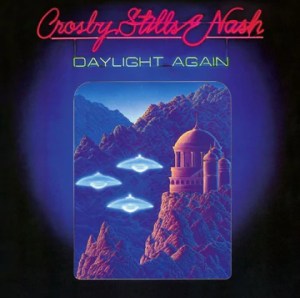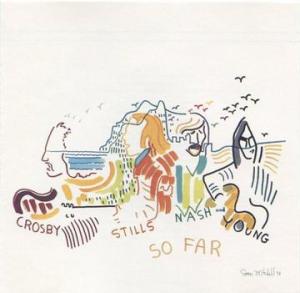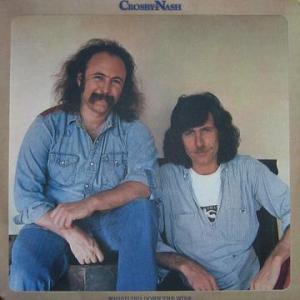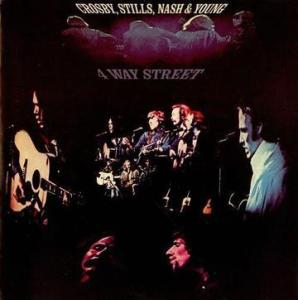
Letters and Commentaries for Deja Vu
More Crosby / More Stills / More Nash / More Young
One of our good customers had this to say about some Hot Stampers he purchased recently:
Hey Tom,
Tom, I just listened to the White Hot Stamper (A+++) CSNY album.
Amazing. I had no idea that vinyl could produce this sound. Worth every penny.
The sound at low volume is amazing. The sound at high volume is spectacular.
The clarity, the depth, the sound stage are very rich and alive with color and presence.
Thank you! I am now going to investigate your piece on the cleaning process.
Rocco
Rocco,
Glad you liked this copy as much as we did! It is a very special album and one I have been obsessed with since I first became an audiophile.
I was a big Crosby, Stills and Nash fan already — that first album being life-changing to a 15 year old music lover such as myself — so it was only natural that I would fall in love with Deja Vu when it came out in 1970.
Years went by and then, oddly enough, my love for the music was reignited by a pressing that came out 13 years after the album’s first release, on a label you may have heard of, Mobile Fidelity.
I realized instantly that Mobile Fidelity had indeed improved upon the average original’s sound. (Not a high bar considering how awful sounding most originals are.)
It would take me and my staff many years, at least another 13 or so, to come across the domestic reissues that trounced the MoFi and showed me how colored, compressed, thick, blurry and limited it was. Eventually another domestic pressing, and now most recently an import (!), came to be seen as clearly superior to all of these, the result of having never given up the search for a better Deja Vu.
My Record Collecting World
Anticipating the release of the next new Half-Speed remastered pressing that would deliver me from the evil of the garden-variety random domestic or import LP I happened to own was the dominant feature of my record collecting world in the 70s and 80s.
No one reading this blog will be surprised to learn that almost none of those “new and improved” pressings would go on to pass the test of time. This is an idea I first came to appreciate in the 90s and one that has become more true with each passing year.
With the increasing proliferation of one Heavy Vinyl mediocrity after another, in 2007 we finally recognized we had a duty to our customers to take a stand athwart history and yell “Stop.”
If I were to own a collection of records today, it would have exactly one Mobile Fidelity record in it, John Klemmer’s Touch. It’s the only one we have never been able to beat with a non-audiophile pressing, and believe me, we’ve tried. I love the album and would be proud to find a place for it on my desert island.
The rest of the Mobile Fidelity pressings we’ve auditioned mostly suck, especially the new ones. You can find our reviews and commentaries, all 119 of them, here. When they’re good, or even decent, we say so.
When they’re as awful as they often are, we put them in our Mobile Fidelity hall of shame and say good riddance to bad rubbish.
Best, TP
Rocco wrote us this letter early on in his Hot Stamper journey, which we replied to at length if you wish to check it out.
More Deja Vu Letters!
(more…)








